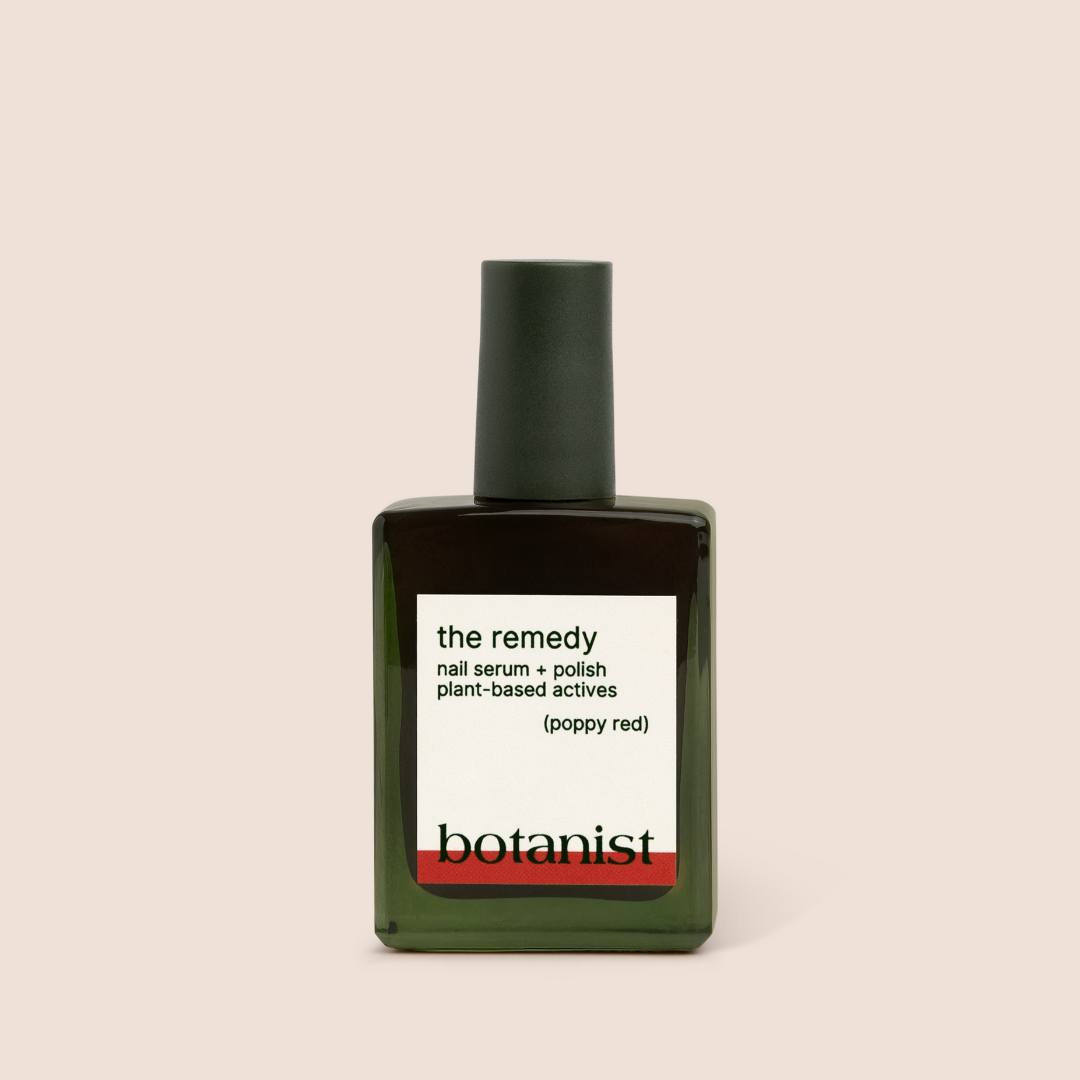What Makes Nail Polish Non-Toxic
Tess Miller
Summary
- Learn what truly makes a nail polish non-toxic and how to spot harmful ingredients.
- Discover science-backed reasons to switch to safer, 21-free formulas.
- Get practical tips and product recommendations for a healthier manicure routine.
In the beauty and self-care world, nail polish has always been a go-to for expressing personal style through color and creativity. But as more people become aware of harmful ingredients in cosmetics, the demand for safer, non-toxic alternatives has grown. If you’ve ever wondered what truly makes a nail polish non-toxic, you’re in the right place. In this blog, we’ll break down the science, ingredients, and regulations that determine whether your favorite polish is truly safe for your health.

Understanding the Problem with Traditional Nail Polish
Most conventional nail polishes contain a mix of chemicals that help them dry fast, last longer, and stay vibrant. Unfortunately, some of these ingredients have been linked to health issues, from skin irritation to hormone disruption and even cancer.
Three of the most concerning chemicals in traditional polishes are:
- Formaldehyde – A known carcinogen used to harden polish.
- Toluene – A solvent that smooths application but may harm the nervous system.
- Dibutyl Phthalate (DBP) – Adds flexibility but is linked to reproductive problems.
These are often called the "toxic trio" or "big 3." A polish labeled "3-free" means it avoids these harmful ingredients. But the list doesn’t end there. For more on why skipping the toxic trio matters, check out The Clean Polish Guide: What 21-Free Really Means (And Why It Matters).

What Does "Non-Toxic" Actually Mean?
The term "non-toxic" can be vague since there’s no strict definition in cosmetics. For nail polish, it usually means the formula avoids known harmful chemicals but what’s considered safe varies by brand and region.
Many brands go beyond "3-free" and label their polishes as:
- 5-free: Also excludes formaldehyde resin and camphor.
- 7-free: Bans ethyl tosylamide and xylene.
- 10-free or higher: Removes parabens, fragrances, and animal-derived ingredients.
While higher numbers suggest cleaner formulas, they don’t guarantee 100% safety. That’s why checking the ingredient list is key. For a deeper look at choosing safer polishes, visit Gel, Dip, or Regular? The Nail Polish Guide You Actually Need.
Shiny Top Coat – A non-toxic, high-gloss finish that seals your manicure without harmful chemicals or harsh fumes.
Key Ingredients to Look For in Non-Toxic Nail Polish
A truly non-toxic polish isn’t just about what’s left out it’s also about what’s used instead. Here are some safer alternatives:
1. Water-Based Formulas
These use water as the main solvent, reducing harsh fumes and irritation.
2. Plant-Derived Solvents
Brands may swap toxic solvents for gentler options like corn alcohol or sugarcane ethanol.
3. Bio-Based Plasticizers
Instead of DBP, some polishes use citrate-based plasticizers, which are safer and eco-friendly.
4. Mineral Pigments
Non-toxic polishes often rely on mineral-based colorants instead of synthetic dyes. A great example is the complete manicure kit sheer rose, which blends clean pigments with a safe formula.
The Science Behind Safer Alternatives
Research supports these alternatives. A study on ScienceDirect found citrate plasticizers reduced hormone disruption risks. Another NIH study detected traditional polish ingredients in the body shortly after use, raising absorption concerns.
A Harvard study also showed fewer VOCs in salons improved workers’ respiratory health. For those with allergies, Gel Polish Allergies Are Real: Here’s a Safer, Healthier Alternative offers helpful insights.
Regulatory Oversight and Industry Standards
Unlike drugs, cosmetics face minimal FDA oversight, so brands often self-regulate. However, third-party certifications help:
- Leaping Bunny: Ensures no animal testing.
- EWG Verified: Confirms safety and transparency.
- Made Safe: Guarantees no known toxins.
For a clean, high-performing polish, try the remedy nude.

Tips for Making the Switch
Transitioning to non-toxic nail polish doesn't mean sacrificing quality or performance. Many brands now offer long-lasting, vibrant options that compete with traditional formulas. Here's how to make the switch easier:
- Read the Labels: Get familiar with ingredient lists and know which chemicals to avoid.
- Start with the Big 3: Choose polishes that are at least 3-free, then gradually explore higher standards.
- Patch Test: Even non-toxic formulas can cause reactions to test on a small area first.
- Support Ethical Brands: Look for companies that prioritize transparency and sustainability.
For more nail care advice, check out Nail Care 101: The Complete Guide to Strong and Healthy Nails.
Nail Growth Serum – Strengthens weak nails and supports healthy growth using only clean, nourishing ingredients.
FAQ
1. Is non-toxic nail polish completely safe?
Not necessarily. "Non-toxic" means it's free from certain harmful chemicals, but even natural ingredients can cause reactions in some people.
2. How long does non-toxic nail polish last?
Most last about 5-7 days without chipping when applied with a quality base and top coat.
3. Can pregnant women use non-toxic nail polish?
Yes, it's generally safer, but consult your doctor if you have specific concerns.
4. Does non-toxic nail polish smell different?
Yes, it typically has a milder scent since it lacks strong chemical solvents.
5. Is acetone-free remover necessary for non-toxic polish?
Yes, it's recommended. Acetone-free removers are gentler on nails and skin, and many water-based or plant-derived formulas actually work better with them. For stubborn polishes, look for removers with soy or other natural solvents.
